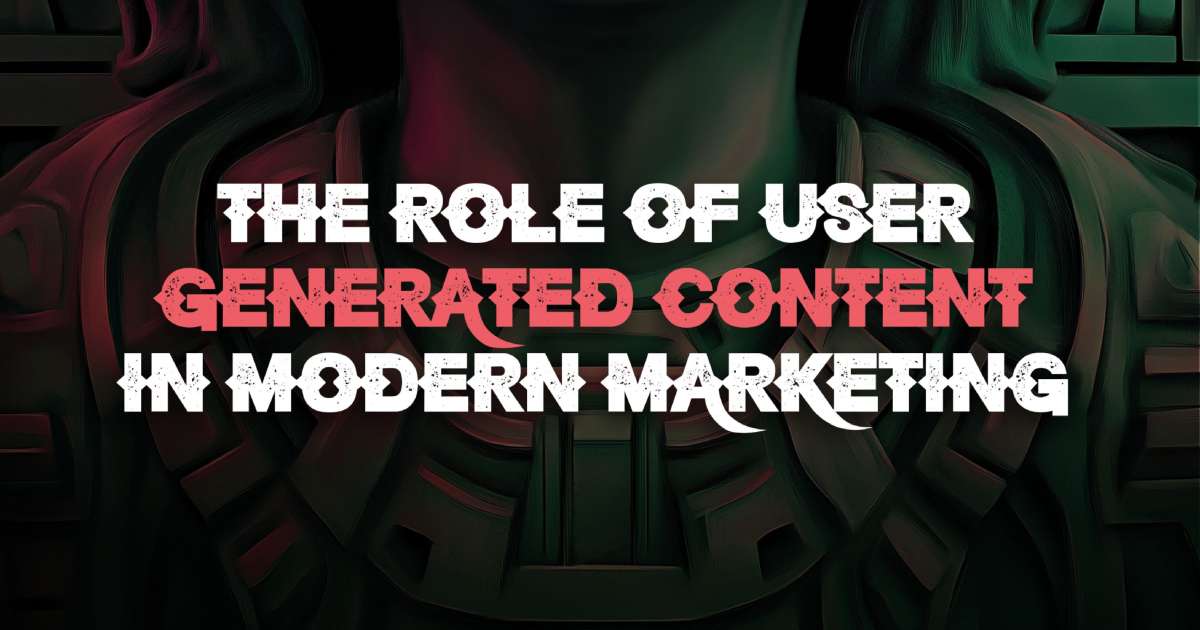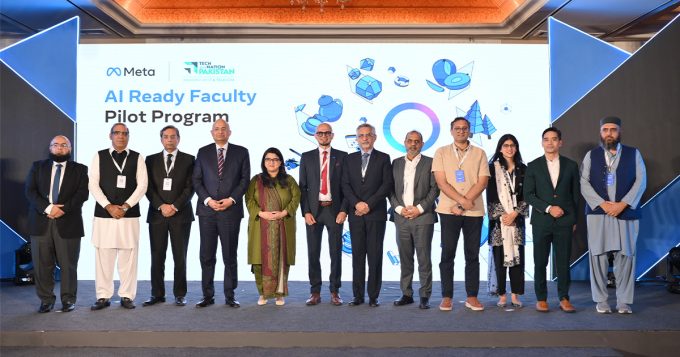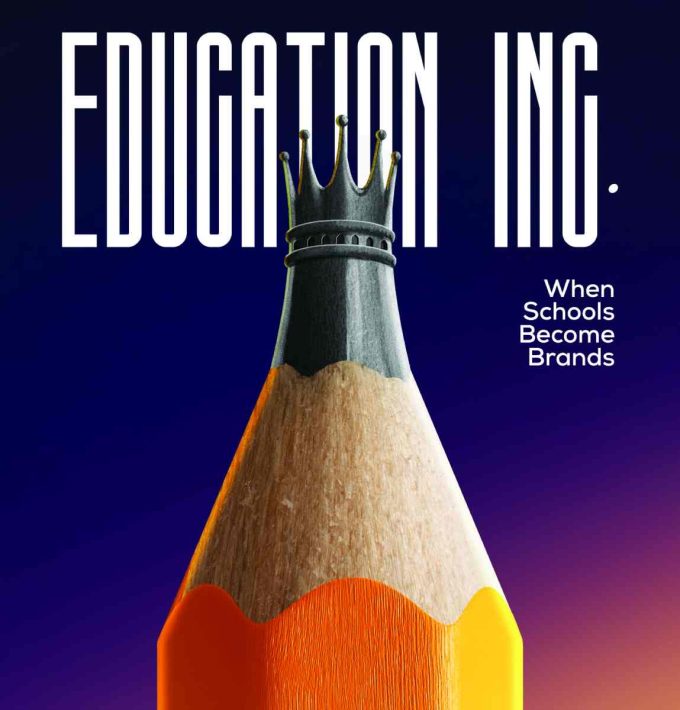UGC or also known as User-generated content
User-generated content (UGC) refers to content created by users, i.e., common people, and it has become an effective tool in marketing to increase sales and build trust. While it might seem like a new discovery, UGC has actually been around since the early 2000s, in a different manner. Back then, platforms like MySpace (2003), Facebook (2004), and YouTube (2005) provided a space for users to share their content, but they didn’t fall under the umbrella of marketing. Then, fast forward to the rise of Instagram (2010) and Snapchat (2011), these platforms encouraged users to post raw content with some filters in an interactive way. By 2016, TikTok joined the team, changing the game of short video content entirely.
Although UGC existed for years, it wasn’t until 2020 that it truly became a game-changing marketing tool during COVID-19, when raw content was at a spike, considering everyone was working at home with limitations. Every other brand decided to jump on the bandwagon one way or another. By 2024, the sudden rise in UGC campaigns on platforms like Instagram, Facebook, and TikTok marked a new era, where brands actively leveraged UGC to connect with their audiences in the most authentic and engaging ways.
Why UGC is Important
In today’s era of digital marketing, authenticity is key, and UGC delivers just that. Audiences tend to trust UGC more than content posted directly by brands or even influencers. Why? Because UGC feels organic, created by everyday customers who share their genuine experiences.
The beauty of UGC lies in its almost raw, slightly edited content. Unlike polished, professionally shot content, UGC often comes across as unfiltered and relatable, which resonates deeply with the audience. While brand-produced content is often perceived as overly curated or professional, and influencer endorsements are seen as paid promotions only, UGC stands out as credible and trustworthy. When potential customers see real everyday people using and loving a product, it creates a sense of reliability that makes them purchase the product or the service. This is why UGC matters, not only does it build trust, but it also brings in loyal potential customers.
Leveraging UGC for Credibility
A brand’s credibility plays an important role in influencing purchasing decisions. When a brands’ feed consists only of professionally shot content or influencer content, it risks losing authenticity as, according to the modern audience, they both fall into the fake category. They know nothing in the advertisement posted by the brand would be 100% the same; it is overly polished. Influencers are also getting their content shot professionally, it looks like an advertisement and not UGC, making it less relatable and trustworthy.
Here, UGC creators enter, the bridge between brands and authentic engagement from potential customers. These creators focus on producing high-quality yet raw content, with minimal but necessary edits to keep it natural. Such creators typically have smaller audiences, but their genuine approach earns the trust of their audience. Whether it’s aesthetic photos, reels, or written reviews, UGC demonstrates real experiences that audiences can relate to. This authenticity not only builds trust but also significantly boosts sales, proving that credible, community-driven content is a powerful marketing asset nowadays.
UGC Campaigns
UGC campaigns have become a part of modern marketing, offering creative ways to engage audiences. Memes, hashtags, and challenges are some of the most effective tools brands use to encourage participation, establish a sense of trust and build up a community.
Crumble Pakistan, for example, uses memes to entertain their audience while subtly featuring their cookies. By focusing on humour and relatability instead of direct promotion, they build trust and naturally generate leads. Similarly, Ryanair relies on relatable memes that reflect everyday travel struggles rather than traditional advertising or influencer content. This unique approach makes their brand approachable and turns humour into reliability and sales.
View this post on Instagram
Airlines are also increasingly leveraging UGC. Azerbaijan Airlines initially worked with influencers to promote tourism but gradually shifted to content creators, allowing them creative freedom to produce authentic fun and raw content. I experienced this firsthand when they sponsored my trip to Azerbaijan, enabling me to share genuine travel stories. Saudi Arabia is following a similar path with its #VisitSaudi campaign, sponsoring trips that encourage influencers and creators to produce engaging, personal content that resonates with global audiences.
These examples highlight how UGC works across industries, from food and lifestyle to tourism and airlines, demonstrating its power to humanise brands, foster authenticity, and drive meaningful engagement and long-term leads.
The Role of Influencers
Hiring the right influencers can make a huge difference for a brand. While influencers with large followings and professionally shot content may look good on a feed, audiences often see it as just another advertisement, which may not drive sales.
In comparison, partnering with content creators who produce authentic, high-quality content regardless of their follower count can be more effective. This approach builds trust, and the audience will most likely trust the creator as the content will not be assumed as an advertisement or paid promotion, resulting in higher engagement and sales. That said, this isn’t a one-size-fits-all strategy. Influencer selection is determined by the brand’s specific goals, whether they are broad visibility or genuine, trust-driven conversions.
The ROI of UGC
UGC drives high engagement, but its impact goes beyond that. It helps build brand awareness and cultivates long-term loyal customers, ultimately boosting sales. The return on investment from UGC is largely dependent on the quality of the content posted. If the content is relatable, people tend to share it with others, which not only creates a buzz but also helps to increase sales. Brands don’t have to rely on hiring creators to see these benefits. By encouraging customers to generate content or creating their own UGC, brands can achieve a higher ROI through authentic and relatable posts that truly resonate with their audience.
Future of UGC
What is the future of UGC, if you may ask? Brands that understand and implement UGC creativity will stay ahead of the curve and develop a deeper, more meaningful connection with their audience while jumping onto the right trends. This will keep the audience engaged organically. As technology develops, audiences are craving authenticity, and this is the main reason why UGC resonates.










